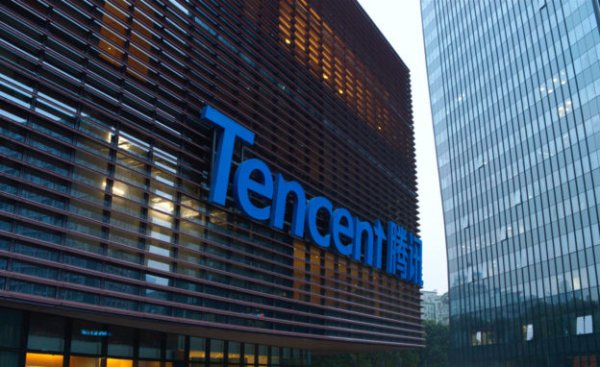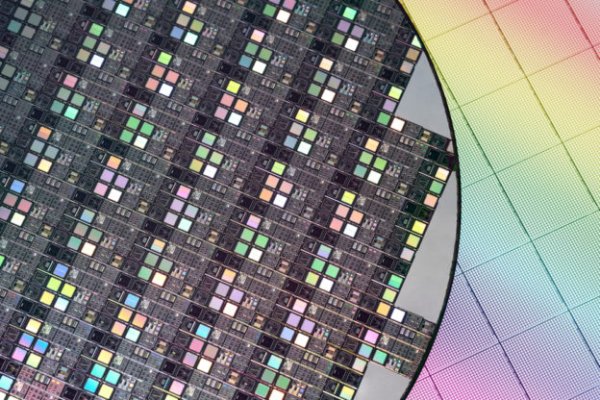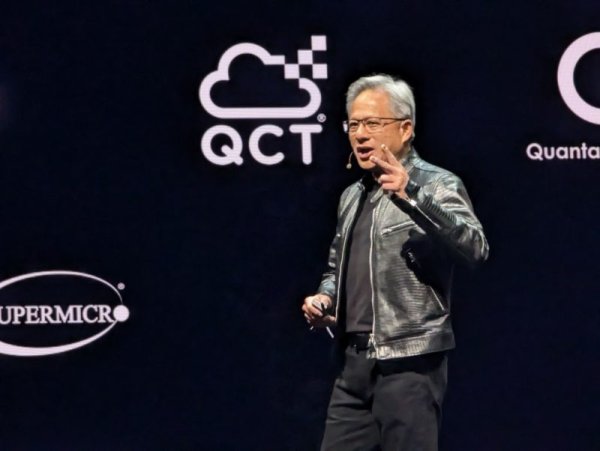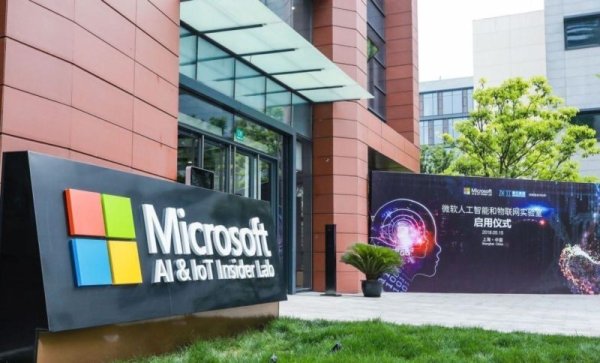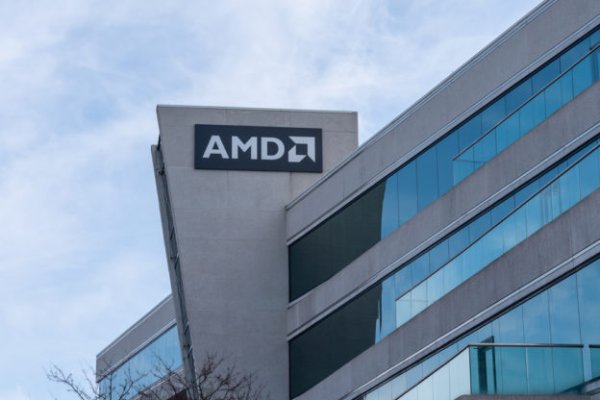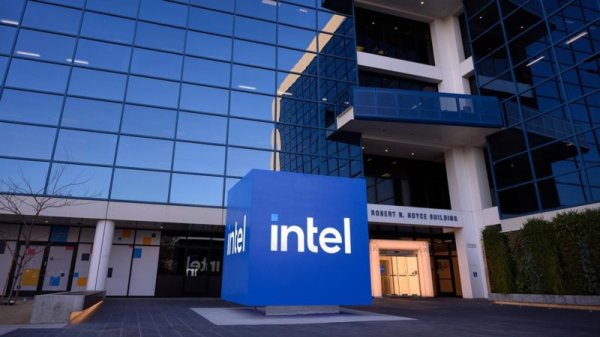Foreign investors refer to Trump 100% Semiconductor tax will hit Malaysia the biggest

The recent U.S. trade policies in the semiconductor sector, including the threat of high taxes imposed on chip imports, are having a profound impact on the global semiconductor supply chain. Especially in the United States, the United States tried to return chip manufacturing industry to its local area and became a key manufacturing center. The economic growth has faced serious tests and high uncertainties.
Foreign assets Nomura Securities pointed out that the United States is about to impose taxes on semiconductor industries, allowing Malaysia to face Asia's biggest growth risk, and continue to cover the prospects for the industry due to the uncertainty of exemptions. The agency predicts that, affected by the chip tax on Article 232, the growth of Malaysia's total domestic production (GDP) in 2025 may face a downward reduction risk of 0.5 percentage points.
US President Trump has threatened to charge 100% tax on semiconductor imports, although companies that promise U.S. construction factories may enjoy exemptions. However, the 232 survey of the semiconductor system has been launched, with the purpose of evaluating whether imported products threaten US security and allowing the general tax to be imposed; the results may be announced as early as August or September 2025, which is earlier than December. In the electronic field, Malaysia's ultimate dependence on the United States is as high as 2.3% of GDP, only in Taiwan, ranking second in Asia.
The report pointed out that the effective tax rate (ETR) between Malaysia and Singapore is currently low, benefiting from a higher exemption ratio, but the overall exemption scope remains unclear. In particular, there are questions about whether local suppliers can also obtain similar exemptions when supplying products to multinational companies that have received exemptions. Because any additional taxes on wafers, substrates or key chemicals will increase the cost of upstream investment, which may force Malaysian assembly and testing factories to absorb the profit margin of compression, or transfer costs to downstream companies, thereby reducing the price competition of the final wafer.
Analysts pointed out that 100% of taxes may apply to all manufacturing centers (such as Taiwan and South Korea), but exemptions are given at the company level, which may cause a locking reaction to a wider range of electric and electronic industry ecosystems, especially small and medium-sized enterprises and precision technology industries. This inconsistency will likely delay capital investment in new facilities until the U.S. trade rules are clearly defined, thus further reducing Malaysia's progress in value chains. Under certain assumptions, Malaysia's ETR to the U.S. semiconductor exports can reach 24%, which is far higher than 19% reciprocal taxes, adding to the concern over Malaysia's global semiconductor supply chain competition.
In order to maintain development trends, analysts believe that the best strategy in Malaysia is to strengthen domestic capabilities, implement diversification, and seek stable trade arrangements. If Malaysia can provide stable, tax-free market access and has an upstream ecosystem that can produce or import substitutes at scale, it may win new orders.


